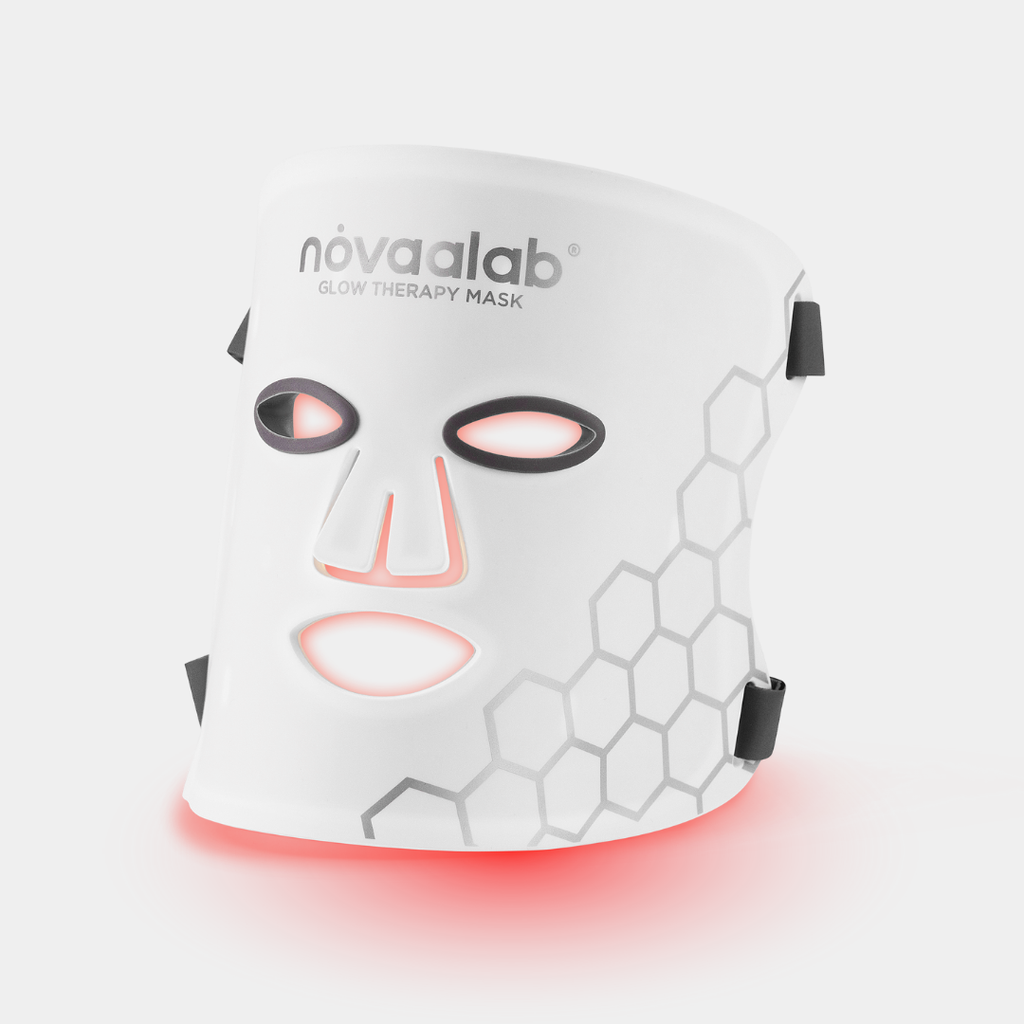Red light therapy has become popular for skin care and wellness, but some people are asking whether it could be risky, especially when it comes to cancer. Can it cause skin cancer? Is it safe to use at home?
This article breaks everything down in a clear, simple way so you can make an informed decision.
What even is red light therapy?
Red light therapy uses specific wavelengths of red and near-infrared light to help your skin and body heal. It’s not like UV light from the sun or tanning beds. Instead, this kind of light reaches your cells and encourages them to repair and work better. People use it to reduce inflammation, help with skin issues, and even ease muscle soreness.
The devices that do this usually have red LED lights, and they shine low-level light onto your skin. The common wavelength range is around 600 to 850 nanometers, different from the UV range that’s known to damage skin.
How is it different from laser therapy?
Red light therapy and laser therapy are often confused. They both use light, but laser therapy is more powerful and targets deep tissues with precision. Red light therapy is gentler and uses LED light that spreads over a wider area.
Because it’s not as intense, red light therapy is generally safer and easier to use at home. You don’t need a medical setup to benefit from it.
What are the skin benefits?
Red light therapy may help with acne, aging signs like wrinkles, and even skin tone. It’s also been used to treat skin conditions like rosacea and psoriasis. The light boosts collagen and cuts down on inflammation—two big things for healthier-looking skin.
Unlike UV light, red light won’t burn your skin or mess with your DNA. It’s a go-to for skin rejuvenation because it’s gentle, even on more sensitive or darker skin tones.
More about red light therapy benefits in this article.
Can red light therapy cause skin cancer?
No, there’s no solid evidence that red light therapy causes skin cancer. It doesn’t work the same way UV light does. UV light can harm DNA, which is what raises cancer risk. Red light doesn’t have that effect.
Some people still worry about light exposure in general, but so far, studies show that red light doesn’t raise the chances of skin cancer. It’s a different kind of light and a different kind of effect on your skin.
What about other types of cancer?
Right now, there’s no research showing that red light therapy leads to any type of cancer, not skin, not breast, not anything else. It’s being studied more for how it helps the body recover, not harm it.
That said, everyone’s situation is different. If you have a medical condition, it’s always smart to ask your doctor first.
Is it okay if I’ve had skin cancer before?
If you’ve had skin cancer in the past, definitely talk to a dermatologist before starting red light therapy. While there’s no proof that it’s harmful in this case, it’s better to be cautious.
A dermatologist who specializes in skin health can help you figure out whether red light therapy makes sense for your situation.
Are there any side effects?
In most cases, red light therapy is well-tolerated. Some people with very sensitive skin might get a bit red or feel irritated after using it, especially if they overdo it.
The key is not to go overboard. Using it too often or keeping it too close to your skin might cause dryness or discomfort. It won’t cause cancer, but it can still irritate your skin if misused.
Is it safe to use red light therapy at home?
Yes, red light therapy at home is common and considered low-risk. Most at-home red light therapy devices are designed to be safe, using red LED light rather than stronger laser light.
Just make sure you’re following the instructions. More time under the light doesn’t always mean better results. If you notice any irritation, take a break and check with a health provider.
Why do wavelength and intensity matter?
Red light therapy works within a specific wavelength range—usually between 630 and 850 nanometers. This is a safe range that doesn’t mess with your DNA or cause cancer.
Devices with higher intensity might work faster but also need more careful use. That’s why you should always follow guidelines and avoid overexposure. The goal isn’t to blast your skin—it’s to give it just enough of the right type of light.
Should I check with a dermatologist first?
Yes. Especially if you have skin conditions, take medications that affect light sensitivity, or have had skin cancer. A dermatologist can help guide you toward safe and effective use.
They can also help you choose the right red light therapy device or mask for your skin type and concerns. It’s always good to be sure.
Quick Recap
-
Red light therapy uses safe, low-level red and near-infrared light, not UV.
-
There’s no strong evidence that it causes skin cancer or any kind of cancer.
-
It’s generally safe to use at home when you follow directions.
-
If you’ve had skin cancer, talk to a dermatologist first.
-
Side effects are rare but can include mild irritation or dryness.
-
The right wavelength and intensity make a big difference. Don’t overdo it.
-
Check with a healthcare provider if you’re unsure or have sensitive skin.





Leave a comment